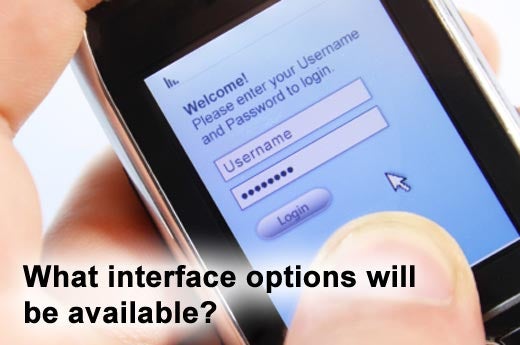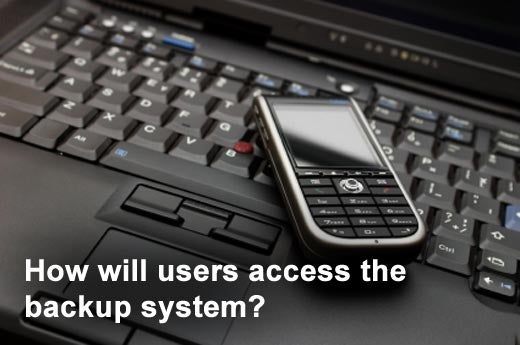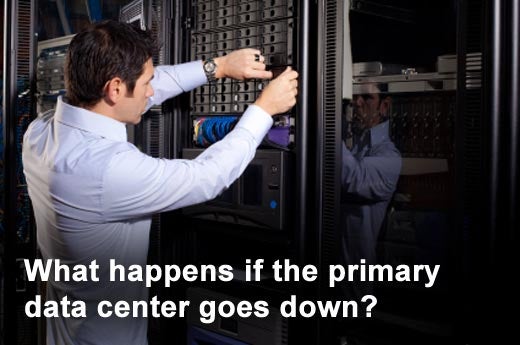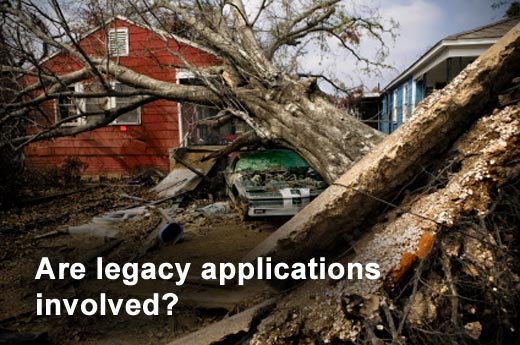
One tool that should be considered in the response plan is a unified communications and collaboration (UCC) platform. UCC and BC/DR are natural partners. UCC creates a level of interactivity and cooperation that is not possible using older tools.
However, companies must realize that a UCC platform can change the BC/DR structure. An expansive UCC platform will most likely use more public tools — such as commercial IM networks, mobile networks, Gmail and other services – than a traditionally more closed corporate LAN-based approach to BC/DR. Indeed, CTOEdge Site Editor Mike Vizard points out that Twitter now has a role in UC; John Storts at IT Business Edge mentions Facebook as well. The decision for planners, therefore, is how to sensibly incorporate these applications and services into vital BC/DR platforms.
The other issue is that UCC puts a tremendous amount of eggs in one basket. One of the attractions of IP-based networks in general and UC in particular is that it centralizes a number of services on a single platform. In most cases, this is a good thing: It saves money, alleviates management complexity and otherwise streamlines operations.
Those advantages are built upon the idea of consolidation. The danger is pretty obvious: If all of the communications tools are running on one platform, a poorly designed system can lead to single points of failure.
Before embarking on a UCC BC/DR plan, make sure you have answers to the questions highlighted in this slideshow.
Click through for questions that need to be asked before creating a business continuity/disaster recovery plan based on a unified communications and collaboration platform.
Each company should determine which communication needs they require in the event of a disaster. Are full services required? If not, what services are needed (e-mail, voice, voice messaging, unified messaging, fax, presence, instant messaging, audio conferencing, video conferencing, Web collaboration, single number reach, automated attendant, automatic call distribution, etc.)?
Does the DR environment need the same look and feel as the production environment (extension, caller ID, user interface, Automated Attendant, etc.)?
How will users access the DR systems (backup physical site, SOHO endpoints, soft phones, etc.)?
Determine whether your company’s performance and scalability requirements will be the same, higher, or lower during a disaster.
In the event that the UC provider’s primary data center is rendered inoperable (fire, cut communications line, localized disaster, etc.), what action will be taken? Will critical UC systems failover to redundant communications already in place or fail back to a nonintegrated solution that has the necessary standalone components? Other?
Additionally, when new systems are implemented, are they planned from the beginning to have redundancy or failover capability? How does the service provider handle physical redundancy from their site to their NOCs or cloud?
Are there legacy applications currently deployed in your organization that would not be able to be replicated or recovered? Is there a roadmap to migrate away from them?
How does your service provider ensure geographic diversity of their UC platform?
How many upstream tier 1 service providers is your UC provider currently utilizing? What type of interconnects are present?
Does the service provider separate the call control (SIP protocol) and audio path (RTP protocol)?












